The Curiosity rover on Mars made an accidental discovery of a new mineral never before seen in its pure form on the Red Planet.
On May 30, the wheels of the rover crushed a section of rock as it was moving on a typical expedition. The wheels uncovered crystals of elemental sulfur. The rare find is big news at NASA as they try to understand what this discovery could mean for life on Mars.
Completely Unexpected

The find of the mineral was immediately noted as “completely unexpected” by the NASA team in charge of the Curiosity rover.
Abigail Fraeman, the rover’s mission deputy project scientist, said, “It’s probably one of the most unusual things that we found the entire 12-year mission.”
Pure Sulfur Previously Unseen
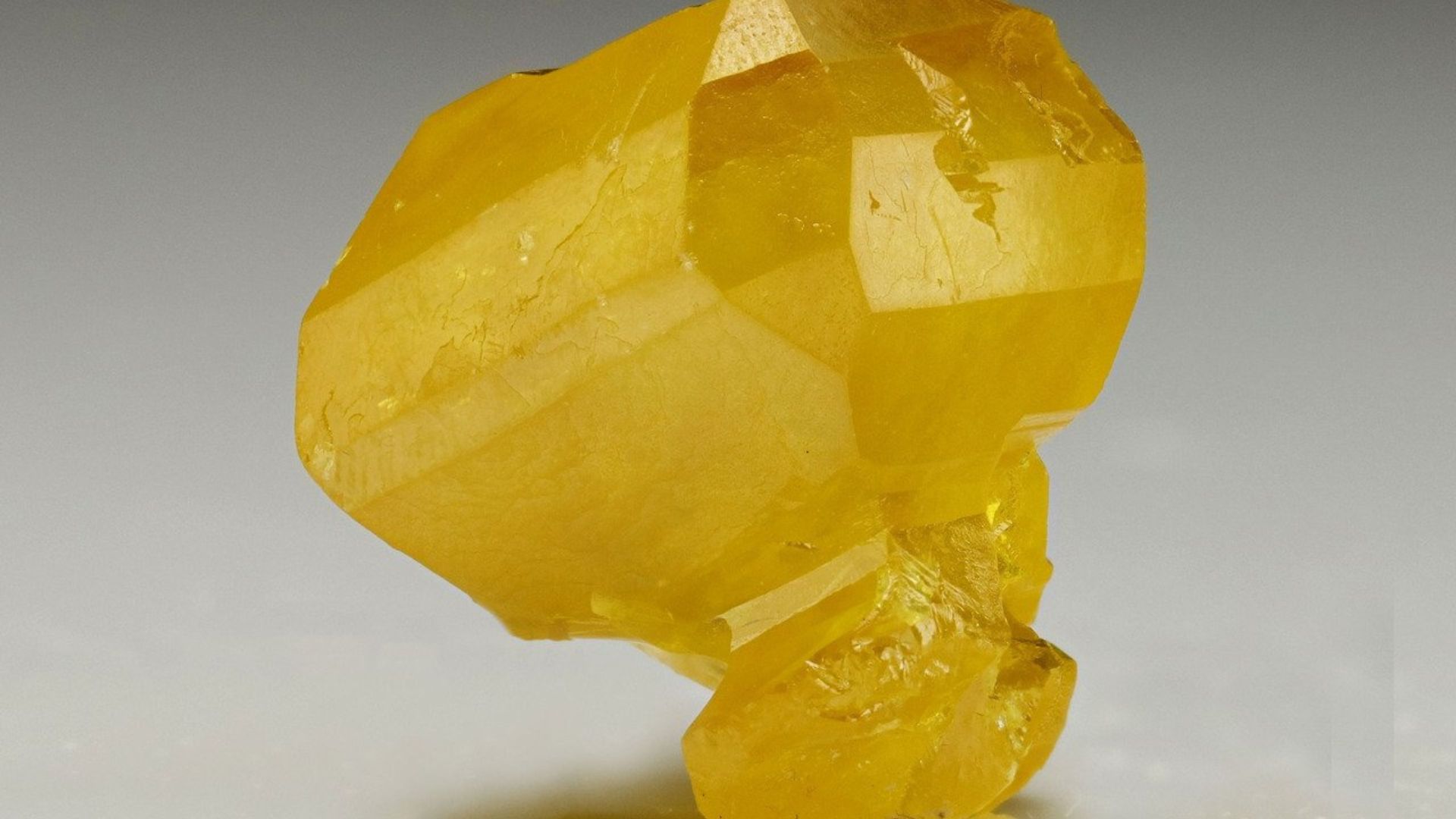
Although there are previous sighting and discoveries of different types of sulfur on the planet, the discovery marks the first time that the pure compound of the mineral has been seen.
“Usually, it’s coupled with oxygen and other elements that make it into a salt or something similar, but here, what we found was just chunks of pure sulfur,” Fraeman said.
New Finds All the Time
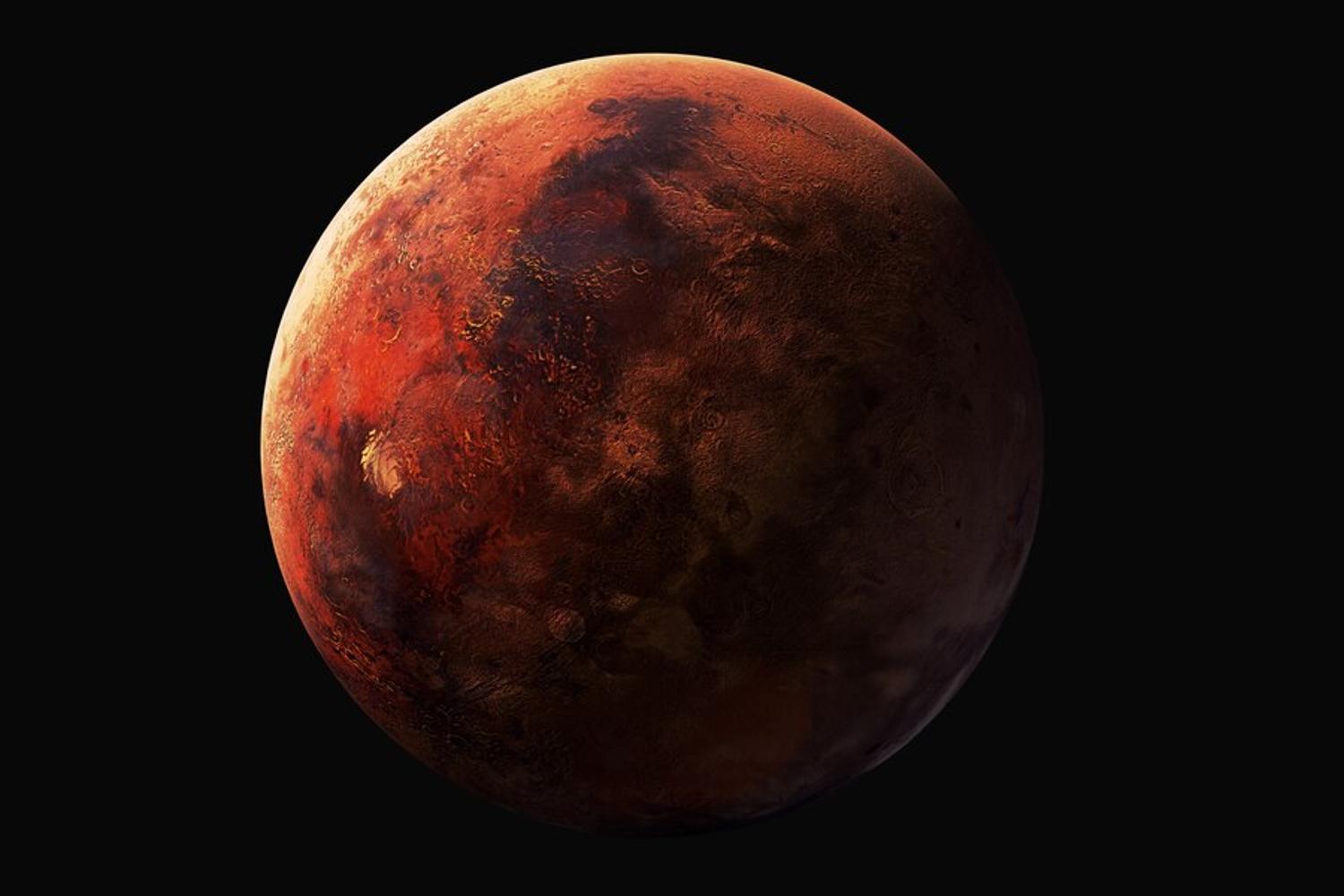
The discovery shows how the scientists in charge of tagging all the elements on Mars find new things all the time. They also never expected to find such a large amount of sulfur in one place.
“It’s telling us something new about the history of Mars and what sorts of potentially habitable environments it’s sustained in the past,” Fraeman said.
A Nickname for the Element
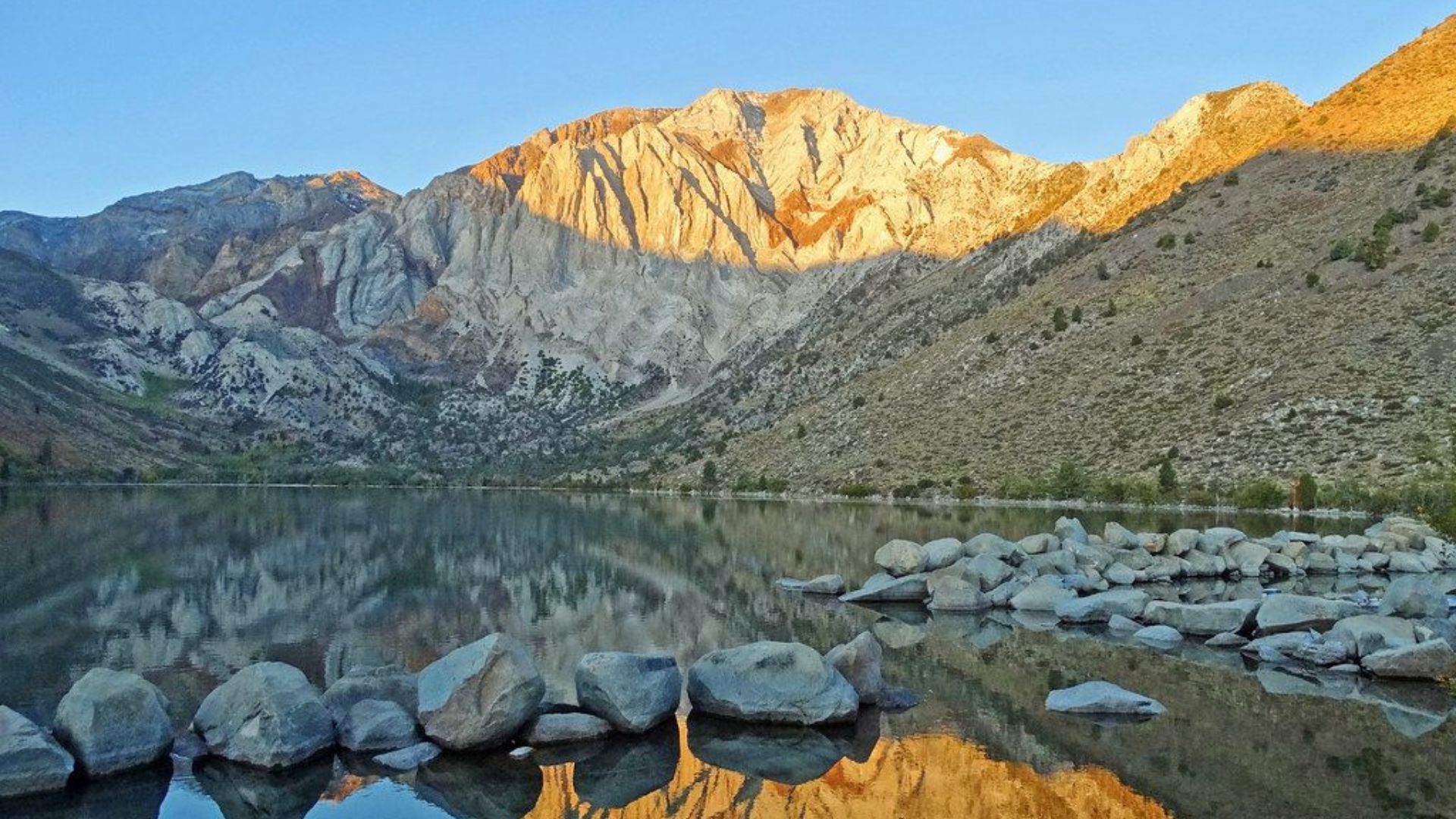
Scientists that discovered the mineral nicknamed the 5-inch sample of crystals “Convict Lake.”
The name comes from a lake in California’s Sierra Nevada mountain range, according to NASA.
Photos Are Astounding
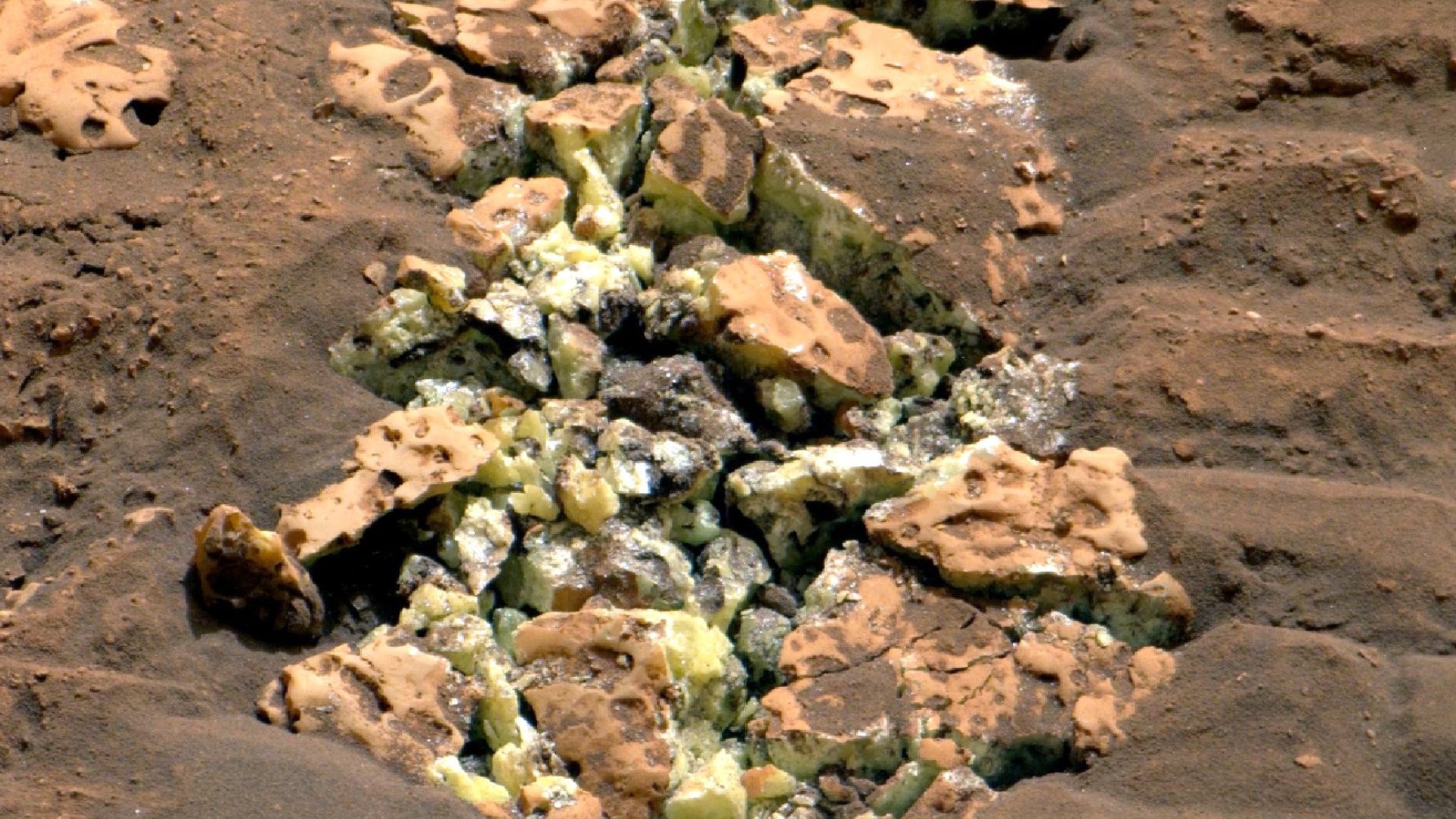
The Curiosity rover took some photos of the long piece of crystallized sulfur using the Mastcam – a camera mounted the head of the rover around human eye level.
The quality of the camera is similar to that of regular digital cameras. The mineral was first detected while the rover was employing the Alpha Particle X-ray Spectrometer, which is attached to its robotic arm.
Where the Crystal Was Located
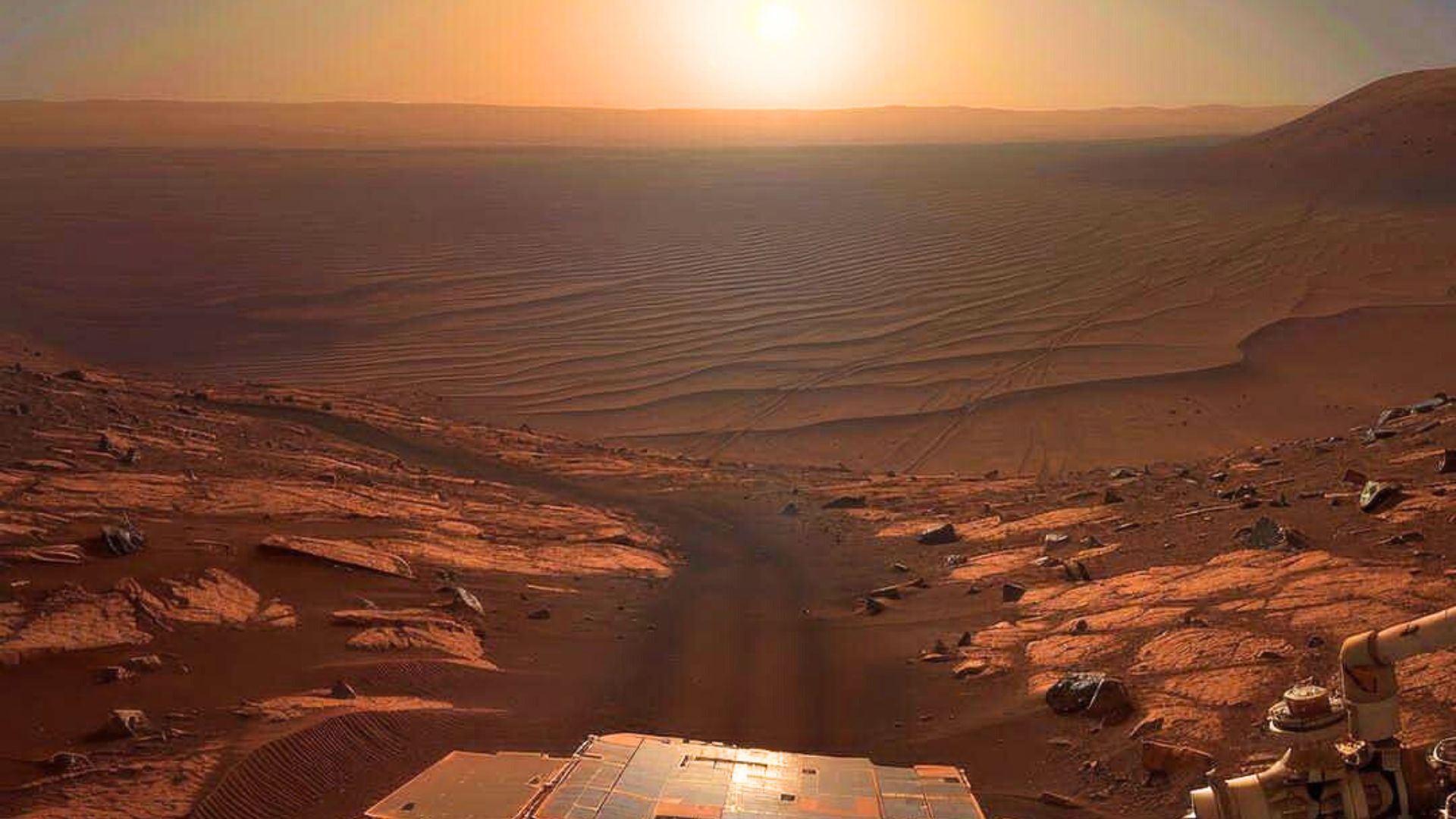
The rover found the sample while it was moving across the Gediz Vallis channel, a deep channel that runs down Mount Sharp.
Scientists controlling Curiosity spotted the yellow field from afar and decided to push the rover closer to the unknown place.
A Decade Long Drive

Curiosity moves quite slowly around the Red Planet, which is about half the size of Earth. The rover has been climbing the 3-mile-long peak for about a decade now.
The area is heavily dotted with sulfates, a sulfur based salt left behind when water dried up billions of years ago. These crystals are one of the main methods of knowing what Mars might have looked like long ago.
The Gediz Vallis Channel
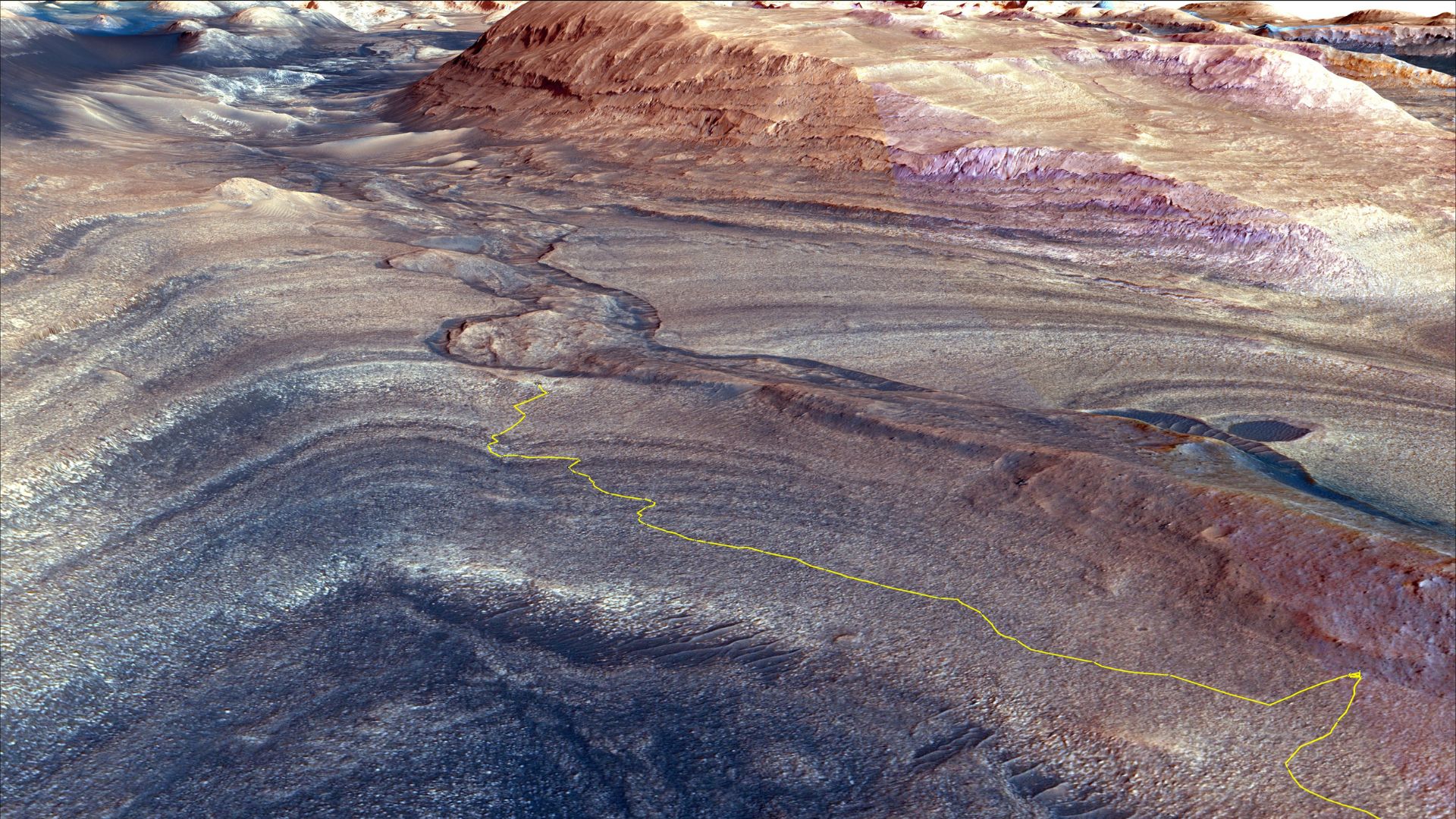
The massive channel was one of the main reasons that Curiosity was sent to Mars in the first place.
The channel is believed to be carved out by water through millions of years of erosion. The mixed debris and rocks are evidence that water once moved over the area. Some rocks also have white halo markings also seen on Earth which is a telltale sign of past water movement.
Curiosity Searched for Evidence of Life

The day that the sulfur was found marks the 4,208th day of Curiosity’s mission on Mars.
The rover landed on the planet roughly 12 years ago to discover if Mars could ever be habitable in the future. So far, the mission has been successful, evidence of minerals, chemicals, and former areas covered in water make life possible for small microbes.
Mars Was Once a Very Habitable Planet
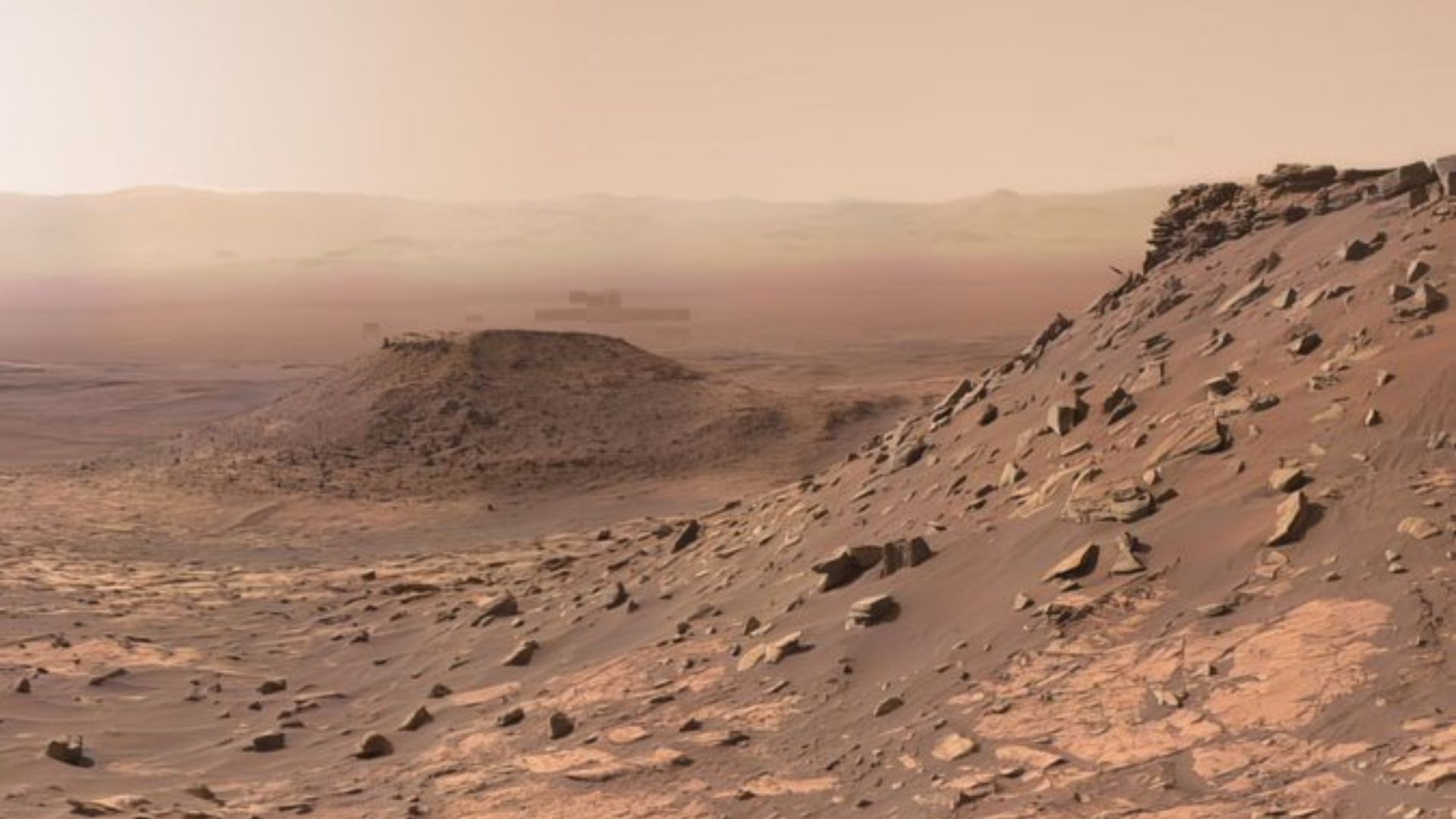
The findings so far point to the fact that Mars was once a habitable planet for an extended period of time.
In 2018, the Curiosity found organic molecules in a crater that was once believed to be a shallow lake. The molecules were similar to the building blocks of Earth’s oil and gas. This means that the crater was habitable about 3.5 billion years ago, the same time that life began to develop on Earth.
Massively Expensive Expedition

The rover itself cost about $2.5 billion and is packed with a wide range of tools and instruments which make it possible for scientists to take photos, collect samples, and explore the landscape from Earth.
For anymore advancements to be made, billions more will need to be sunk into exploration on the planet.








































